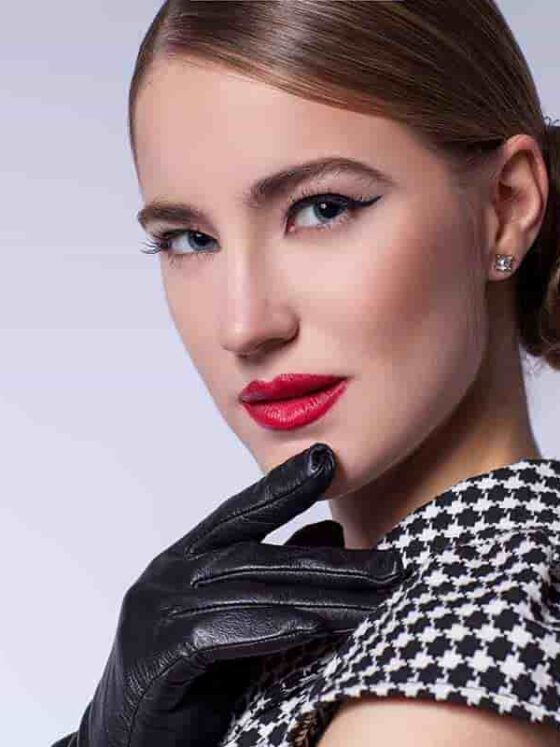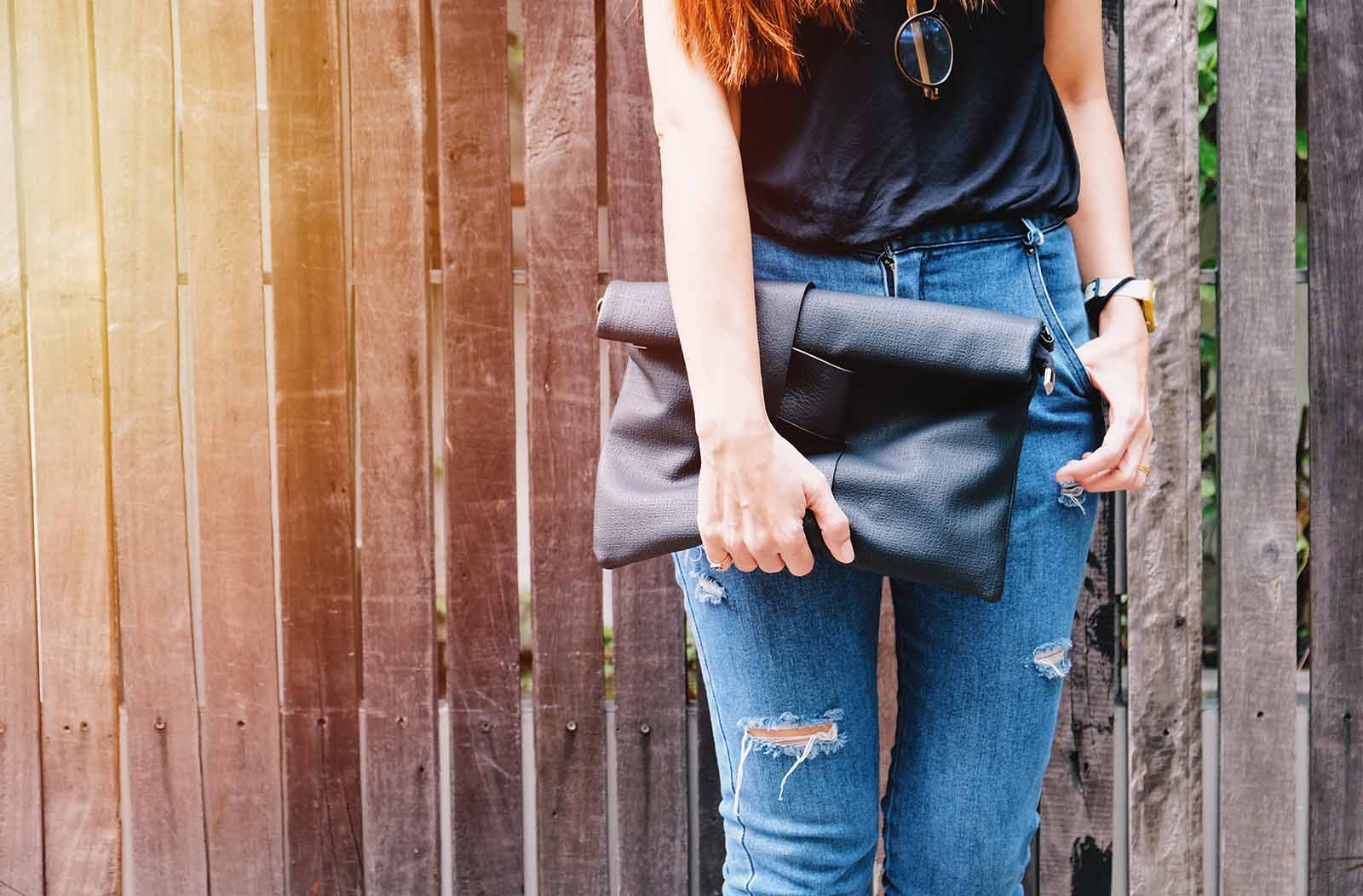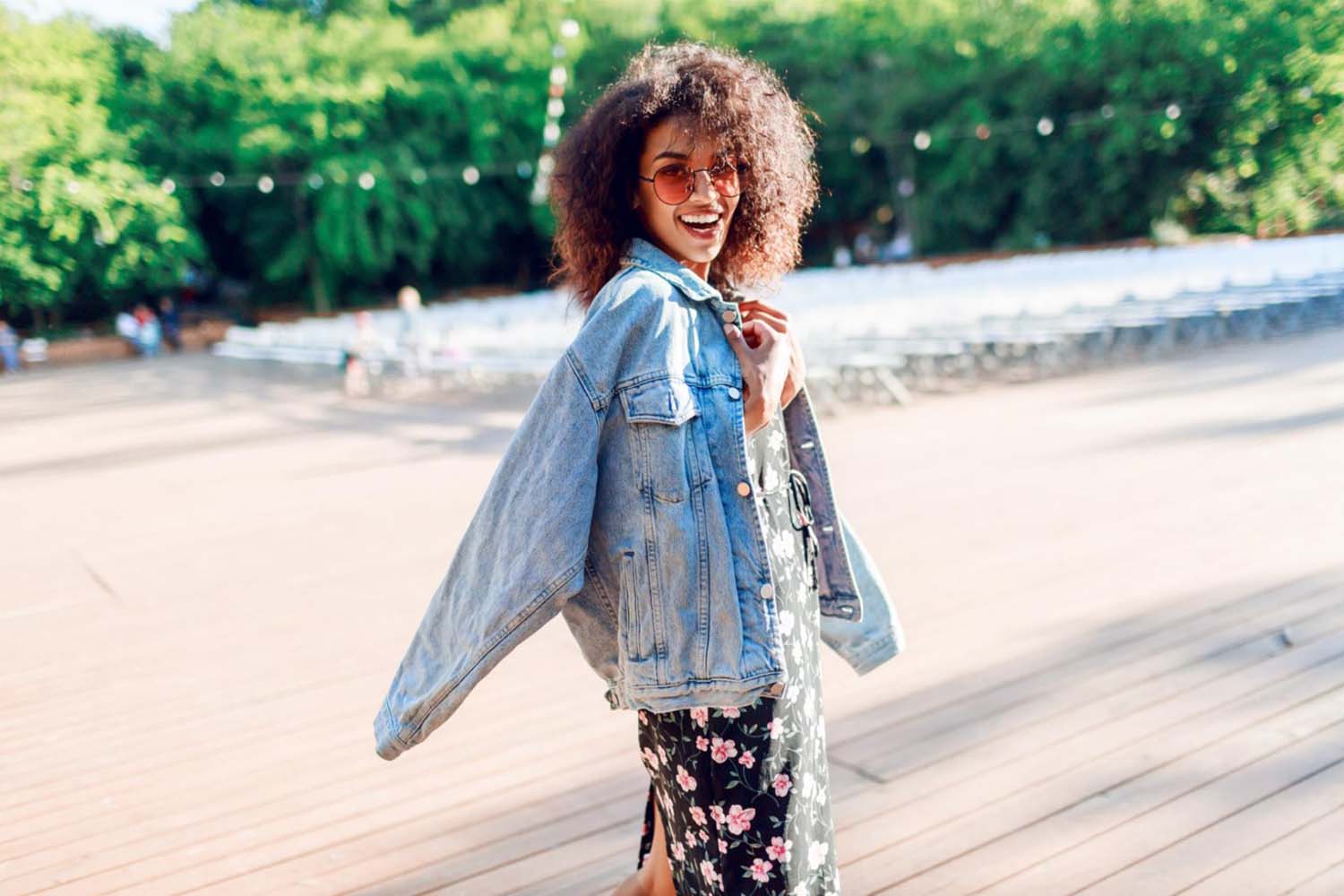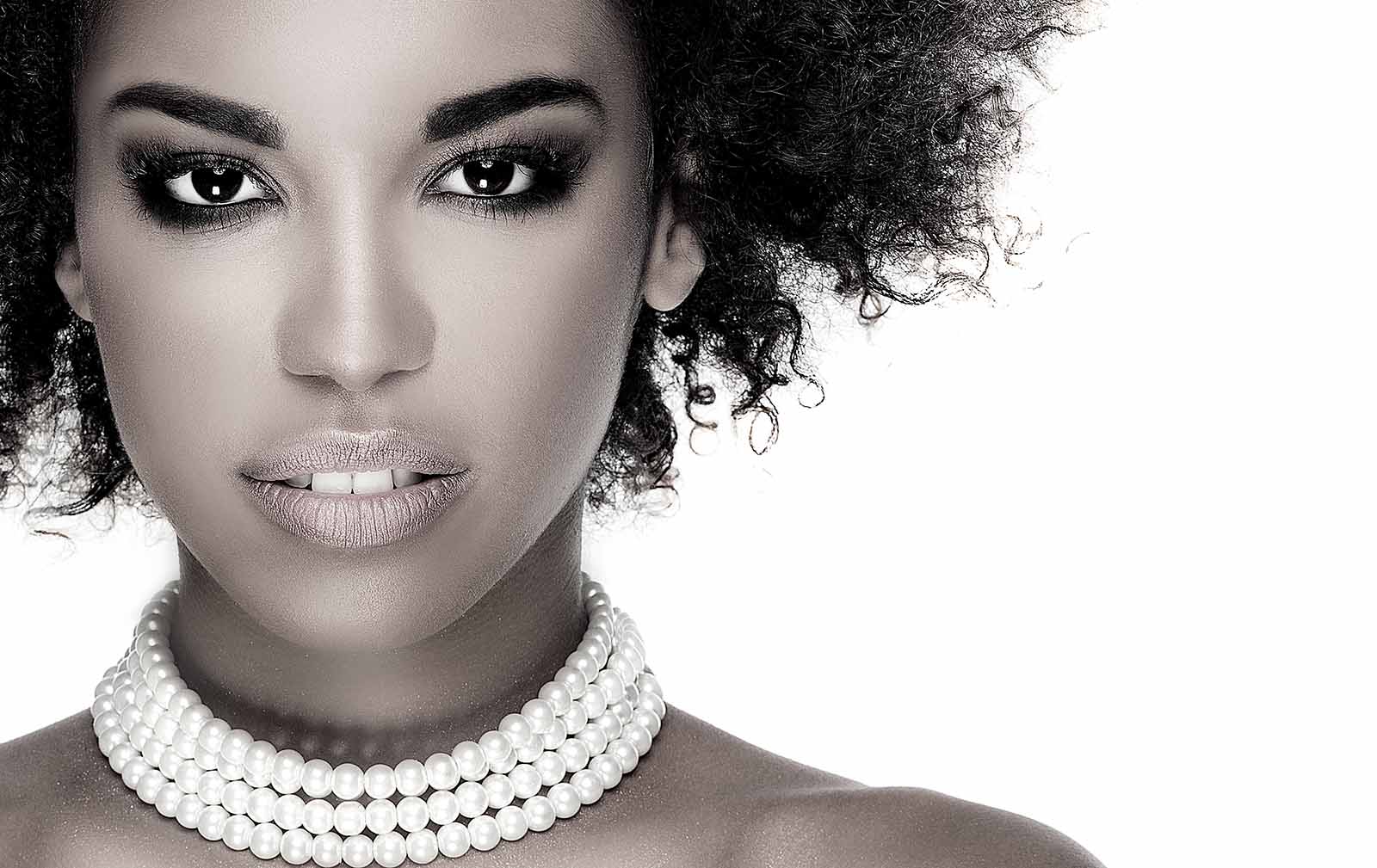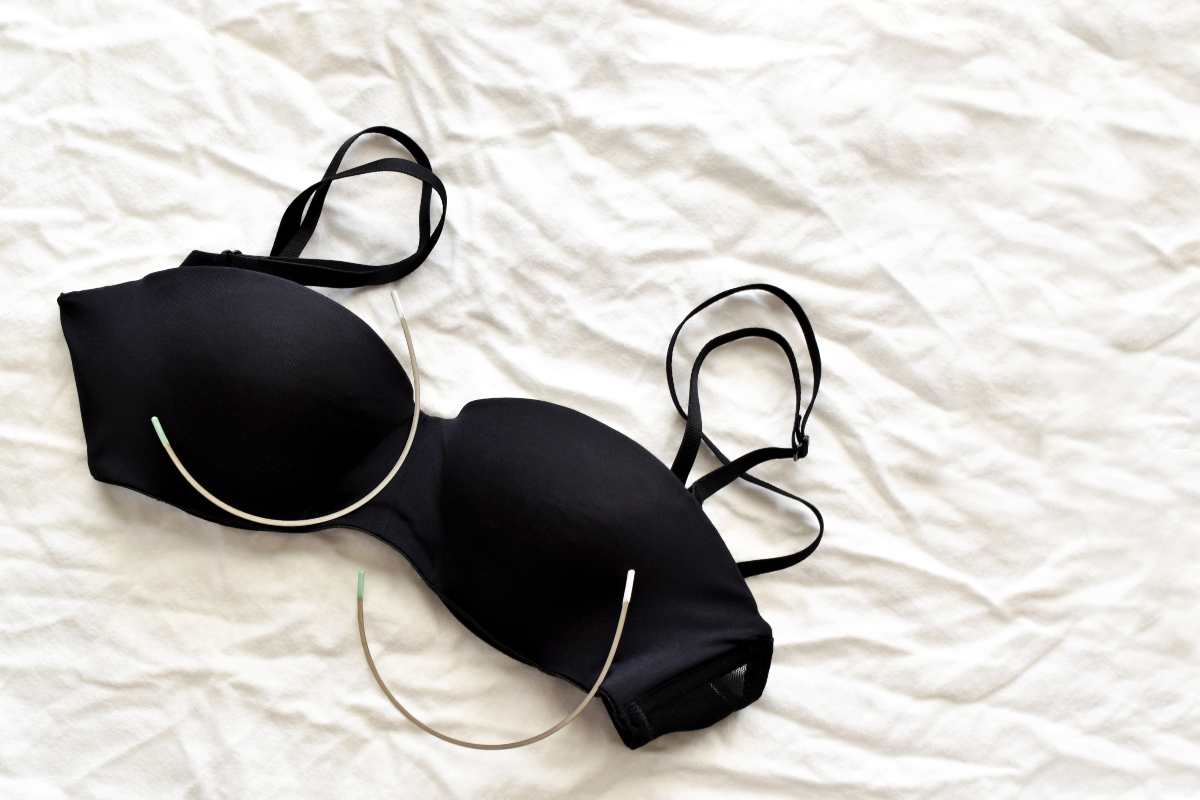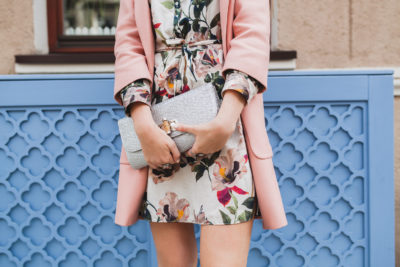What Colors Are You Not Supposed to Wear to a Wedding?
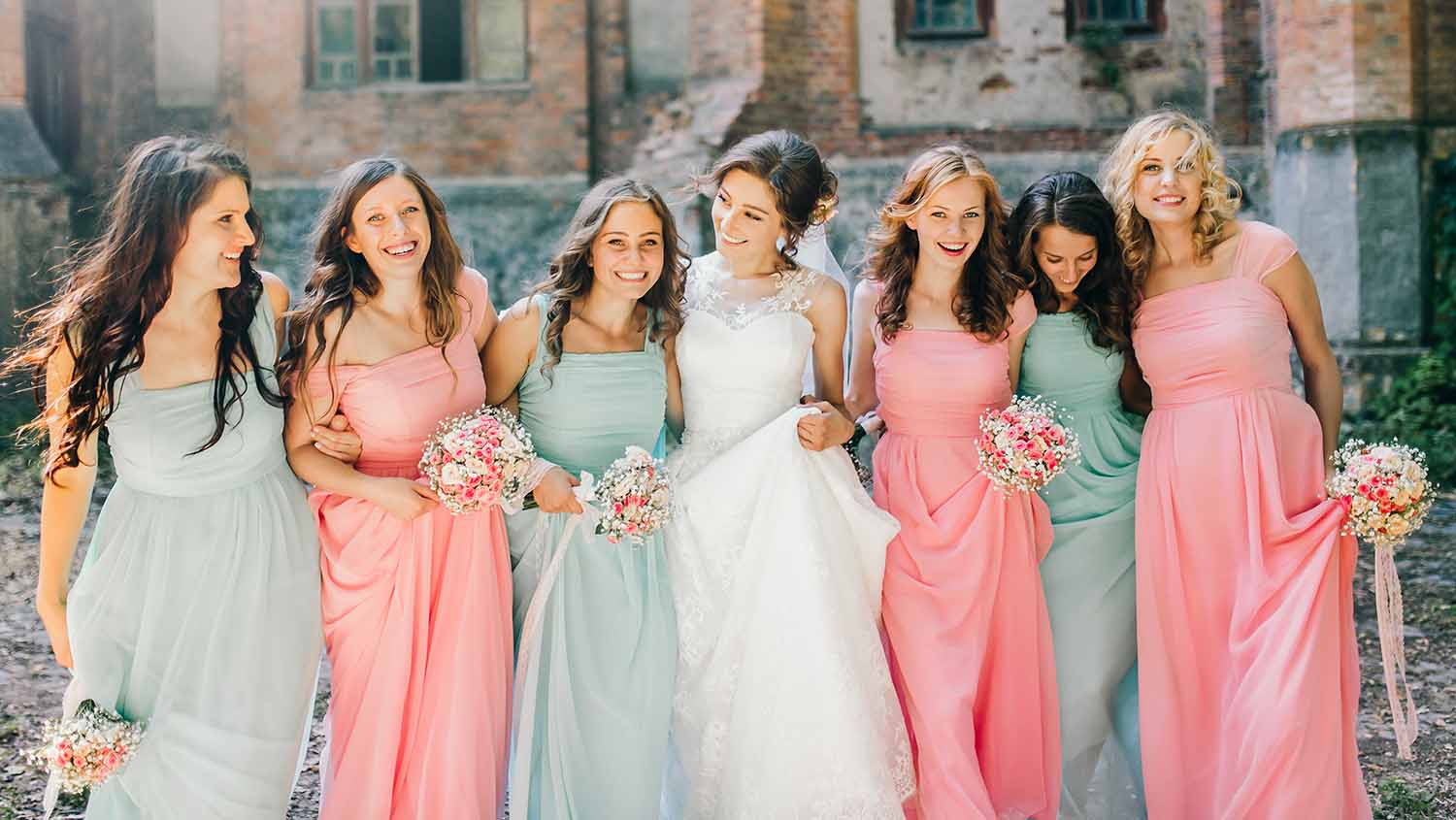
It is often confusing figuring out the rules related to wedding dress codes. Many times, it depends on the bride and groom. However, there are some unspoken fashion that people may not know about. So, I researched the colors you should and should not wear to the next wedding you attend.
What colors should you not supposed to wear to a wedding?
Most people agree that you should not wear white to a wedding, although the color black is up for debate.
Getting dressed up for a wedding is arguably half the fun. The worst thing that could happen is unintentionally offending the bride and groom or their family. In order to create great memories, you should make the bride feel like the star. That’s why it’s important to know which colors you should never show up in to wedding.
If you’re simply looking for a beautiful guess and a list that takes the guesswork out of it check out these at Best Selling Women’s Formal Dresses on Amazon!
What Colors Are You Not Supposed to Wear to a Wedding?
The rules of wedding attire are so confusing—and with every invite we receive, we find ourselves not only second-guessing exactly what we’ll wear, but also, and more specifically, what you shouldn’t wear.
Colors you should avoid to a wedding:
- Ivory
- White
- Champagne
- Sometimes black
Despite what you may have heard from our grandmothers: Yes, you can wear that gorgeous black dress to the next ceremony you go to.
So, why was it ever unacceptable that such a versatile, chic and slimming color be worn to weddings? Back in the old days, if a guest wore black to weddings, it was considered a passive-aggressive protest to the marriage about to take place.
Obviously, things have evolved massively, with black emerging as women’s go-to dress shade, both as a guest and, often, as a bridesmaid. As with all colors, appropriateness has more to do with the actual cut, fit, and material of the dress, as opposed to its color.
When you’re a guest at a wedding, the most important thing to keep in mind is not to upstage or upset the bride. Stay away from whites, creams and ivories.
So, think of it this way: Black isn’t acceptable for a wedding if the dress is skin-tight, insanely short, wildly low-cut, or appropriate for a night out in Vegas. But then again, neither is any other color.
Traditionally, wedding guests were urged not to wear white, so they didn’t risk stealing the bride’s thunder. But as weddings become increasingly less traditional, some guests feel like it’s OK to break this tradition too.
White is still the main color you can’t wear to a wedding. Eighty percent of brides wear white to their wedding, and it’s important that a bride stands out at her wedding. Even if it isn’t the intent, a guest wearing white can be seen as an attempt to upstage the bride—and that’s definitely a no-no.
Also, stay away from fabrics featuring patterns that are mostly white or ivory—for example, florals, polka dots, or stripes. Anything that could be construed as white or ivory is going to be frowned upon at a wedding.
In recent years, champagne-hued and gold wedding dresses have become quite a trend. If you’re attending the wedding of a bride who’s the fashion-forward type, know that she might opt for a dress that’s more gold than white. To stay on the safe side, it is recommended to avoid ensembles that are predominantly gold or champagne-colored.
What Colors Should You Wear to a Wedding?
The most important thing to remember when shopping for a wedding is that you want to look cool and stylish, but you don’t want to distract from the couple or draw attention for the wrong reasons.
Good colors for a wedding:
- Classic neutral tones
- Bright, vibrant colors
That’s why it is recommended you use the wording on the invitation or the time of year to determine your wedding attire. But first, there are several ground rules for dressing for a wedding.
If the bride has no preference, then any color of the rainbow is appropriate for weddings, if you consider the event carefully.
Even white is acceptable if the bride specifically asks the guests to comply. If the bride doesn’t specifically say what guests should wear, there are a few things you can consider to help you choose. The formality, location, and seasonal weather will all be key factors in determining your best outfit.
You should always be respectful of religious affiliations. If you know the wedding is going to be held in a Catholic church, it might not be a bad idea to cover bare arms with a sweater and avoid showing too much leg or cleavage.
It’s better to be overdressed than underdressed. If an invite says “black tie optional,” err on the side of caution and wear a long dress or dark suit or tux. It’s better to be safe than sorry.
You don’t have to spend big to look nice. There’s nothing wrong with borrowing wedding guest attire—especially if it helps you adhere to a dress code.
For women, a winter wedding is the perfect excuse to wear your most fun, festive dress. When shopping for winter wedding outfits, keep an eye out for head-to-toe sequins or luxe, jewel-toned fabrics like emerald green, ruby and royal blue.
These colors work on almost every skin tone and you’ll find an excuse to re-wear them during the holiday season. You’ll also want to keep fabrics in mind.
Wedding guest dresses made of heavy fabrics, like tweed or velvet, will keep you warm during a chilly evening celebration. Pair a shorter dress with opaque black tights and closed-toe pumps. Avoid wearing boots, as they can appear too casual.
But in case of a freak snowstorm, it’s okay to wear your boots to the ceremony and change into your heels once you’re inside.
Men should follow similar guidelines and shop for a dark-colored wool suit to keep warm and stylish. Also try dressing in layers. Throw a zip-up sweater over your shirt and tie and under your jacket for extra insulation and warmth.
Dressing for a summer wedding is all about looking elegant while keeping it cool. Focus on wearing breathable fabrics so you don’t overheat during an outdoor wedding.
Fight off heat and humidity and still look put together when you wear a longer dress made with light and airy fabrics like silk, chiffon, cotton or linen. Those made with vibrant colors and unexpected textures will add a summery twist to a floor-length gown.
Dress up a cute sundress with chic heels or wedges. Dressing in light layers is even more important for men, who tend to get overheated more easily.
In the summertime, it’s definitely okay for guys to ditch the tie and keep it casual with a loose button-down—just make sure to wear a jacket. And for outdoor beach ceremonies, it’s totally acceptable for men to forgo socks and just wear loafers or boat shoes with their slacks.
But before you make any wardrobe decisions, pay attention to the dress code on the invitations. Even if it’s taking place in the middle of July, if a wedding invite says “black tie,” you’re going to have respect the dress code and wear a bow tie and tux. Stay hydrated and get there early to claim a seat in the shade.
How to Put Together a Wedding Outfit
Your wedding outfit can be a fun thing to plan. However, what you wear to your wedding depends on several factors, particularly the dress code the bride and groom have decided on.
Steps to creating the perfect wedding outfit:
- Look at your dress code in the invitation
- Know the bride and groom’s personality
- Consider the weather
If your wedding invitation is black tie, make sure to follow the rules that are attached to this dress code.
Though most woman may be in long gowns, it’s perfectly acceptable to wear your fanciest short cocktail dress. Men, it’s simple: Wear a tux. Keep in mind the personality of the couple getting married.
If you think it’s going to be a super high-end affair, choose your swankiest dress. Also, the type of venue and the time of year will also determine what to wear, so choose a dress that’s appropriate for both.
Optional formal dress codes and the next step down after the black-tie wedding. This means the wedding is formal enough that guests can still wear a floor-length gown or a tuxedo, but it’s not required for the event.
For afternoon weddings or casual evening weddings, the invitation may call for semi-formal or cocktail attire. You should factor in the time of the event and the location to make your decision.
A couple that chooses festive attire doesn’t mind a bit of personality from their guests. Take this opportunity to get a new tie (any color works), and a vibrant, new dress. Festive attire is also ideal for holiday events, so if the couple is planning a New Year’s Eve wedding, glitter will be your friend.
A casual wedding usually means the wedding will be held outdoors, on the beach or another location that lends itself to a less-formal wedding. However, it’s still a wedding, which means business casual vs. weekend casual. Just don’t attend wearing shorts.
For couples planning their desired wedding attire, you’ll want to make sure you include your wedding dress code somewhere easy for guests to find.
For most women, everything starts with the dress. Because it’s the centerpiece of your look, it’s best to choose this first and then build your accessories around it.
Obviously, the style will depend on your personal taste as well as the type of wedding you’re attending, but one rule is always true: Don’t wear white. It’s the bride’s color alone. And though it’s a classic and elegant choice, black may be a bit too somber for such a celebration.
It is recommended to wear a vibrant and beautiful color, like sapphire blue.If the event is like most weddings, you’ll be moving around and dancing, so consider a knee-length dress that has some movement to it. But be sure to walk around, sit, and dance in it before the event, just to make sure you’ll be comfortable.
As for cut, regardless of your shape, a dress that nips in at your natural waist is always figure-flattering and feminine.
Do as the royals do and wear a beautiful head accessory like a fascinator. It’s a gorgeous way to stand out from the crowd and make your outfit truly special.
If you plan on wearing it during the wedding ceremony, however, choose a low-profile design that won’t impede anyone’s view of the proceedings. Or, if big is your thing, then just hold it in your lap until the ceremony is over.
The thing to remember for formal jewelry is to not overdo it. Pick one statement accessory near your face and let that shine. In this case, because we went with the fascinator, we want everything else to be very subtle.
A simple, black necklace along with diamond or sapphire stud earrings is all you need. Please don’t make the mistake of ruining a perfectly beautiful outfit with your everyday, over-the-shoulder, carryall purse.
You absolutely must have a small, dressy clutch that matches the formality of your dress. If ordering online, look closely at the dimensions.
While it should be small, it should be large enough to fit your cell phone, keys, credit cards or cash, a couple of makeup essentials, and your foldable flats. And it is recommend opting for one with a wrist strap or chain so that it’s easy to hold during cocktail hour.
Why Do Weddings Have Dress Codes?
Weddings can have dress codes for a lot of reasons. Typically, dress codes are created to make sure that guests are aligned with the vision that the bride and groom has to their big day.
Reasons weddings have dress codes:
- Personal preference
- Cultural tradition
- Religious tradition
Dress codes can also exist to fulfill religious or cultural traditions. For example, traditional Indian weddings have strict dress code where people wear their traditional garments. It would be inappropriate for a person, especially a family member, to break the dress code.
For the religious ceremony, you should wear a traditional sari and attire, but that is not required. If you choose not to wear the traditional Indian attire, remember to avoid baring the shoulders, or wearing low cut tops, skirts or other revealing pieces.
Most Indian wedding ceremonies that take place in a temple will require you to cover your head. It’s especially important for women to know how to dress to Indian weddings at the temple because it usually requires using a long scarf or pashmina stole to cover their heads.
Men can bring along a large white handkerchief, but they are usually provided with a head cover at the temple.
A dress code is a set of rules, often written, with regards to clothing. Dress codes are created out of social perceptions and norms, and vary based on purpose, circumstances and occasions. Different societies and cultures are likely to have different dress codes.
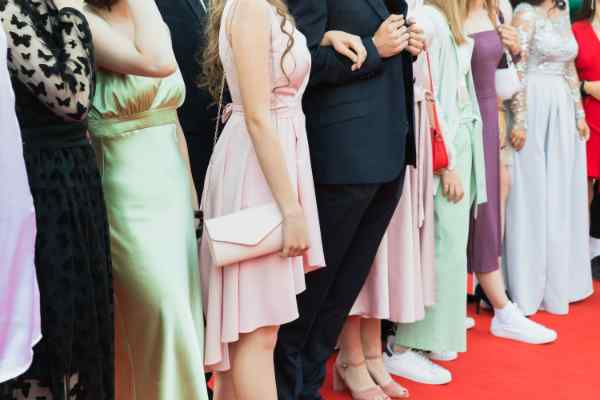
Dress codes are symbolic indications of different social ideas, including social class, cultural identity, attitude towards comfort, tradition and political or religious affiliations.
Certain religions also require traditional clothing choices for wedding ceremonies. Even at their most basic level, Catholic churches may frown upon overly scandalous outfits. If you know you are going to a religious ceremony, you may err on the side of keeping it conservative.
Other that those reasons, a dress code can be created to keep the bride and groom happy. No one would want someone to show up to their wedding in sweatpants. By creating a dress code, it gives people a guide on what to wear, while making sure that no one disrespects the ceremony by being overly casual.
In western society “formal” or white tie dress code typically means tailcoats for men and full-length evening dresses for women.
“Semi-formal” has a much less precise definition but typically means an evening jacket and tie for men and a dress for women.
“Business casual” typically means not wearing neckties or suits, but wearing instead collared shirts, and pants.
“Casual” typically just means clothing for the torso, legs and shoes.
“Wedding Casual” defines yet another type of dress code, where guests dress respectfully, but not necessarily fancily.
Bridesmaids dresses often get a bad rap for being overpriced or ugly, but they have one upside — those wearing them don’t have to worry about whether or not they’re dressed appropriately for the wedding in question.
And as anyone not part of the wedding party who’s tried to navigate the sometimes confusing world of wedding dress codes can attest, that’s quite the silver lining.
Final Thoughts
There are few things more nerve-wracking than deciding what to wear to a wedding. Wedding guest attire can be complicated — especially if the invitation is vague.
If you have been invited to a wedding and aren’t quite sure what to wear, keep in mind that there are certain guidelines to follow based on the time of day of the ceremony as well as the formality.



